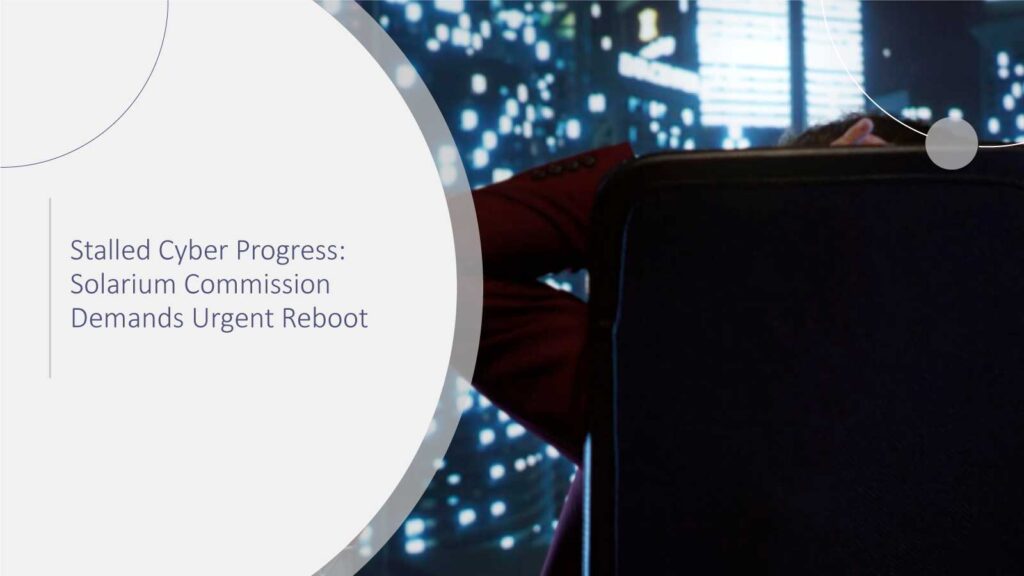Vendor partnerships are critical to business success, but they also introduce increasing security risks that organizations must manage carefully. With regulatory demands rising and third-party breaches becoming more frequent, traditional vendor security assessments are no longer effective. Broad, one-size-fits-all approaches often burden security teams, frustrate stakeholders, and stall business progress. According to Info-Tech Research Group, some assessments are so onerous that vendors refuse to bid, or business units find ways to bypass the process altogether, leaving organizations exposed to significant risk.
To help organizations address these challenges, Info-Tech has published its blueprint, Build a Vendor Security Assessment Service, outlining a practical, risk-based approach that enables IT leaders to focus on what matters most. By tailoring assessments to actual business risk, the data-backed research enables organizations to streamline processes, enhance compliance, safeguard sensitive data, and make more informed decisions throughout the enterprise.
Cyber Technology Insights : N2K Partners With Technology Innovation Hub TAC to Strengthen Cybersecurity Workforce Certificate Readiness
“Taking a risk-based approach helps organizations focus their assessments on what matters most, aligning security efforts with the type of service being evaluated and their own tolerance for potential threats,” says Ahmad Jowhar, research analyst at Info-Tech Research Group. “Furthermore, a process that fosters continuous improvement in the vendor security risk management program will enable monitoring and improvement, which will help identify further enhancements to the assessment.”
In its newly published resource, Info-Tech emphasizes the importance of adopting a structured, end-to-end approach to managing vendor security risks. The firm suggests that rather than relying on one-off assessments, organizations should implement a continuous process that includes initial risk evaluations, treatment through well-defined contractual terms, ongoing monitoring, and regular reassessments. This method ensures that due diligence doesn’t stop once a vendor is selected.
Info-Tech’s risk-based strategy not only enhances vendor accountability but also enables internal teams to effectively manage evolving threats and maintain a robust security posture over time.
The firm’s resource outlines a clear three-phase approach to building a vendor security assessment service:
- Define Governance and Process: Establish a solid foundation by identifying requirements, defining roles, developing policies, and establishing risk treatment strategies that align with the organization’s risk tolerance.
- Develop Assessment Methodology: Design the tools to assess service and vendor risk. This includes building more effective, risk-based questionnaires, avoiding common pitfalls like overly broad, purely informational, or excessively long surveys.
- Implement and Monitor Process: Execute and monitor the service with a continuous feedback loop. This includes tailoring security requirements in contracts and ensuring periodic reassessments.
Cyber Technology Insights : Akamai Announces New Members Elected to its Board of Directors
To help organizations apply the three-phase methodology in practice, the Build a Vendor Security Assessment Service blueprint provides a detailed framework for assessing new vendors or services:
- Service Risk: Determine the potential impact of a vendor-related security incident by evaluating the assets at risk and the associated recovery costs.
- Vendor Risk: Assess the likelihood of an incident occurring, with the level of due diligence determined by the potential service impact.
- Composite Risk: Multiply service and vendor risk to calculate a composite risk score, which is recorded in a risk register or vendor inventory.
- Risk Treatment: Treat risks based on the organization’s risk tolerance using a matrix to accept, mitigate, or reject them.
- Record Details: Document assessment outcomes in the vendor inventory, with reassessment frequency guided by the composite risk level.
By addressing both the impact and likelihood of vendor-related incidents, Info-Tech’s framework enables organizations to align their security efforts with actual risk, focusing resources where they’re needed most. Regular reassessments strengthen vendor accountability and support better decisions, all while reducing organizational risk exposure, improving compliance, and enhancing operational efficiency.
The firm’s approach also enables better visibility into vendor and service risks, helping transform vendor risk programs from operational bottlenecks into strategic enablers. Stakeholder alignment and continuous improvement are central to the framework’s success.
Cyber Technology Insights : AutoRABIT CodeScan Enters FedRAMP Authorization Process to Deliver Trusted
To participate in our interviews, please write to our CyberTech Media Room at sudipto@intentamplify.com
Source: prnewswire







